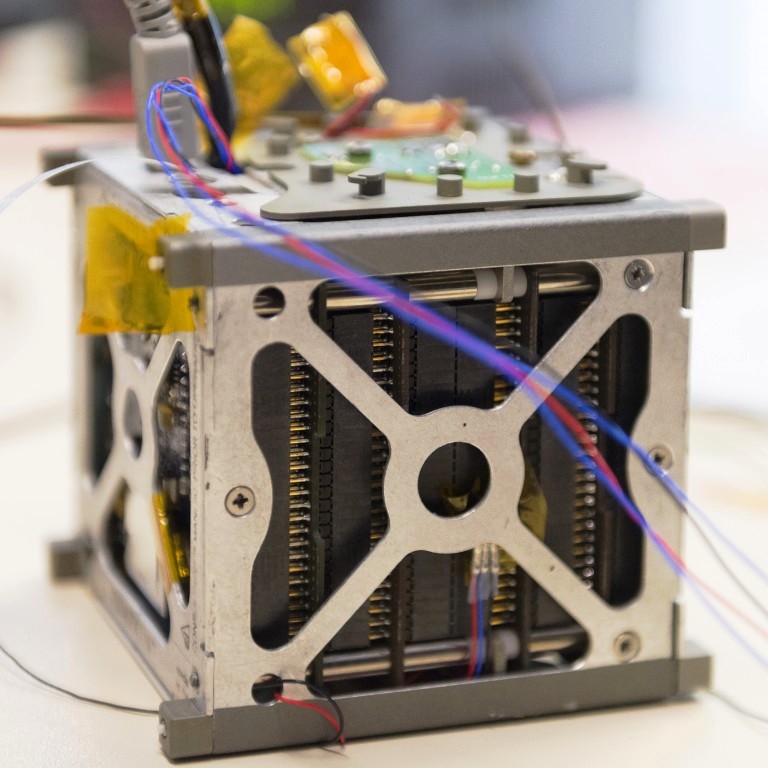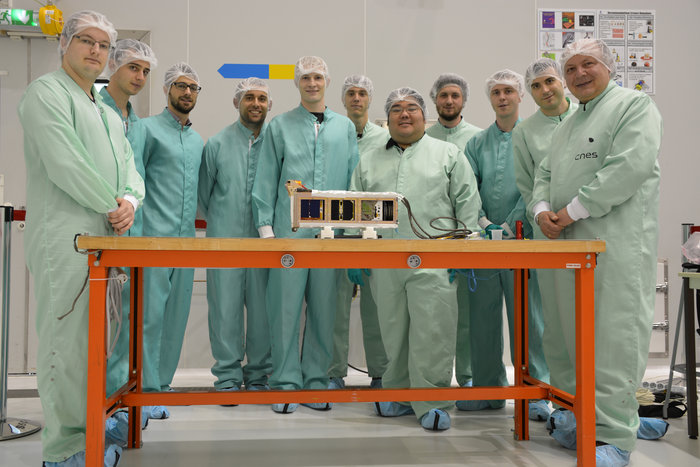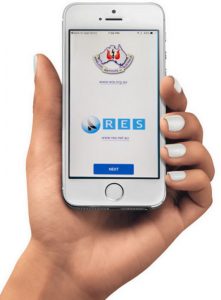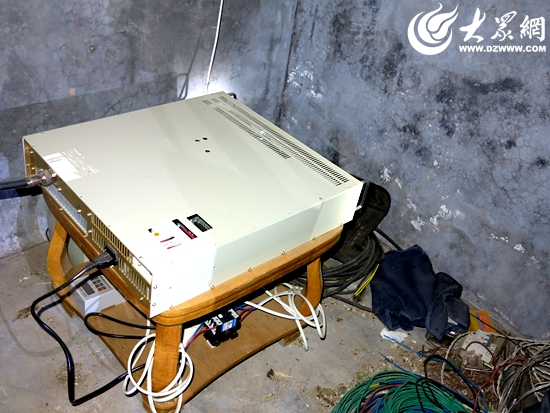From the ARRL, original post here – 4/12/2016
 The first-ever satellite to carry a D-STAR (Digital Smart Technologies for Amateur Radio) Amateur Radio payload into space is expected to launch on April 22 from Guiana. The OUFTI-1 (Orbital Utility For Telecommunication Innovations) CubeSat is one of three CubeSats developed by student teams under the European Space Agency (ESA) Education Office “Fly Your Satellite!” program, which is aimed at training the next generation of aerospace professionals. The satellites arrived in South America on March 25, followed by the student teams a few days later.
The first-ever satellite to carry a D-STAR (Digital Smart Technologies for Amateur Radio) Amateur Radio payload into space is expected to launch on April 22 from Guiana. The OUFTI-1 (Orbital Utility For Telecommunication Innovations) CubeSat is one of three CubeSats developed by student teams under the European Space Agency (ESA) Education Office “Fly Your Satellite!” program, which is aimed at training the next generation of aerospace professionals. The satellites arrived in South America on March 25, followed by the student teams a few days later.
On March 30 the students pulled the so-called “Remove Before Flight” pins and successfully verified that their CubeSats were ready for launch before replacing the access ports on the P-POD, which will secure the CubeSats prior to and during launch and then will release them into orbit. The next time the students will have contact with their respective CubeSats will be through their spacecraft’s communication link, once the CubeSats have been deployed into orbit. Once thermal-optical tape has been applied to the P-POD to shield the CubeSats from extreme thermal radiation during the launch phase, the P-POD will be integrated with the Soyuz launch vehicle.
Constructed by students at the University of Liege in Belgium (ULg), OUFTI-1 will be the first satellite to carry an Amateur Radio D-STAR transponder. Developed by the Japan Amateur Radio League, D-STAR enables the simultaneous transmission of voice and digital data as well as call sign-based roaming via the Internet. “The OUFTI-1 D-STAR repeater will be available either as a direct communication repeater between two users, and as an extension of the ULg D-STAR repeater,” explains the article “D-STAR digital amateur communications in space with OUFTI-1 CubeSat” by Jonathan Pisane, ON7JPD; Amandine Denis, ON4EYA, and Jacques Verly, ON9CWD, all of ULg. The CubeSat’s frequencies are 145.950 MHz (FSK AX.25 and D-STAR down, with an uplink at 435.045 MHz. OUFTI-1 will carry a CW beacon transmitting on 145.980 MHz.
The other two CubeSats are from Italy and Denmark. The CubeSat e-st@r-II from the Polytechnic of Turin, Italy, will demonstrate an attitude control system using measurements of Earth’s magnetic field. It will transmit CW and 1.2 k AFSK on 437.485 MHz. AAUSAT4 from the University of Aalborg, Denmark, will operate an automated ocean vessel identification system. It will transmit on 437.425 MHz.





